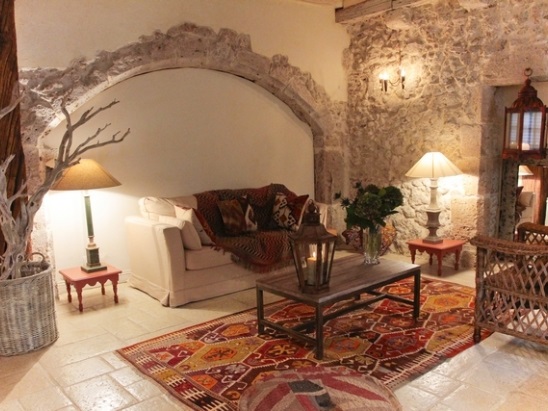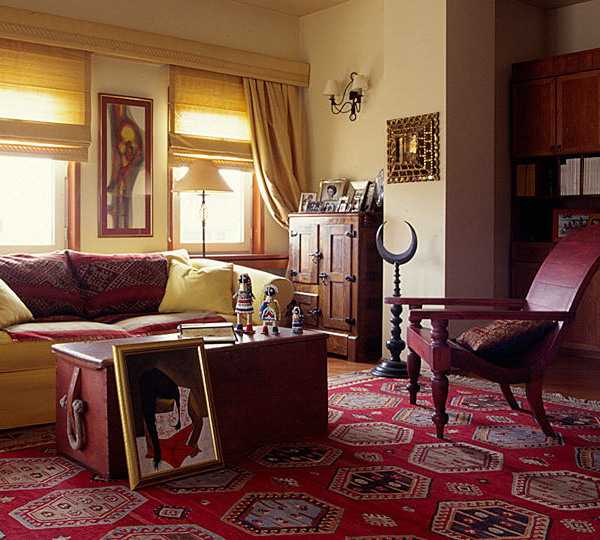Antique kilims are one of the most effective ways to spice up your home décor in ways divergent from regular interiors around you. They have unbelievable demand because of their unmatched craftsmanship, rarity, exquisite designs, elegant looks, thrilling colors and the glorious history associated with them.

Most loved and coveted among such kilims are:
-
Persian: The first evidences of rug, kilim and carpet making can be found in the 5th century B.C. in ancient Persia during the Bronze Age. Persian rugs and kilims are most loved because of their flawless artistry, impeccable designs and patterns and absolute brilliance and allure. The kilims are made by the asymmetrical or single loop knots.
-
Turkish: The medieval Seljuk period witnessed the rise of rug and kilim making in Turkey. Turkish kilims are exquisite works of human skill of the highest order. Their riveting designs and patterns, captivating works on them and fascinating colors make them an item of immense value. They are made by symmetrical or double loop knotting system.
-
Chinese: Chinese kilim making started during the reign of the last emperor of Chen dynasty. They are noted for their gorgeous motifs and designs.
-
French: Initial part of the 17th century brought about carpet making tradition in France. Compact decorative flowers, mythological scenes of Netherland and Belgian Dutch were the recurring feature.
-
English: Inaugural phase of the 16th century saw carpet and kilim making in England for the first time. Elizabethan Jacobean creepers and blossoms and Indo-Persian and Turkish style were the mainstay.
-
Bulgarian, Spanish, Afghan, Armenian, Tibetan and Indian are other very treasured antique kilims. 17th century A.D. marked the rise of this beautiful tradition in Bulgaria whereas the 10th century A.D. initiated this craft in the Spanish land. Armenian tradition can be traced back as early as the 7th century B.C.

Rug Store is your final stop for the finest antique kilims. Visit us and liven up your interiors with slices of history.